
Safe + Sound Week: Committing to an Effective Safety and Health Program
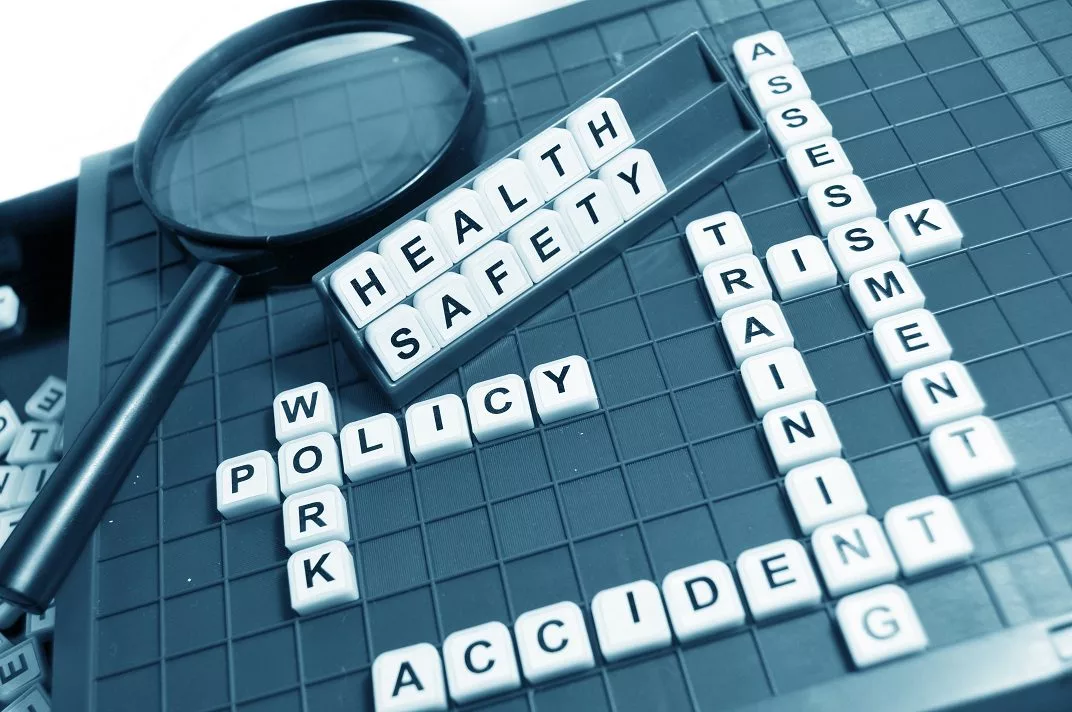
Written by: Joe Mangiardi, NES, Inc.
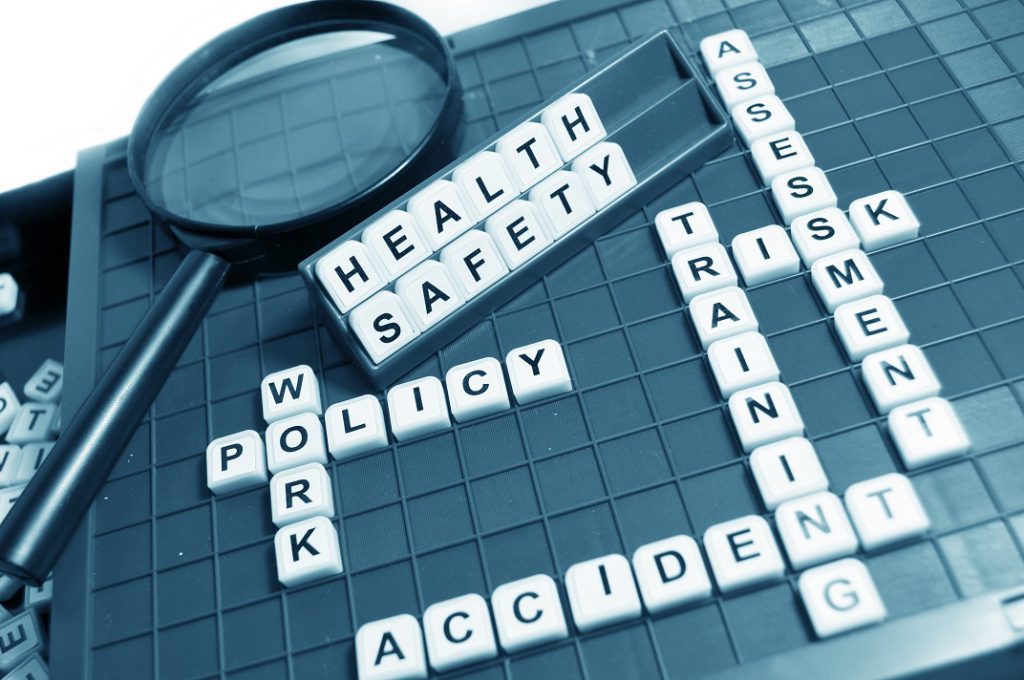 Safe + Sound Week emphasizes the importance of employers and employees working together to maintain an effective safety and health program
Safe + Sound Week emphasizes the importance of employers and employees working together to maintain an effective safety and health program
The Inaugural Safe + Sound Week
Virtually every business can benefit from maintaining a properly designed safety and health program. To this end, several established safety and health agencies have come together to launch the first Safe + Sound Week this June 12th – 18th, 2017. Those agencies that have collaborated in planning the campaign are the American Industrial Hygiene Association (AIHA), the American Society of Safety Engineers (ASSE), the Occupational Safety and Health Administration (OSHA), the National Safety Council (NSC), and the National Institute for Occupational Safety and Health (NIOSH). Safe + Sound Week is a national event aimed at increasing awareness of the importance of safety and health programs in the workplace. This safety event encourages employers and employees to commit to safety by uniting the efforts of management leadership and worker participation to systematically identify and mitigate workplace hazards.
Safe + Sound Week is meant for all businesses of all sizes across all industries. Last April NES reported on the May 8th – 12th, 2017 OSHA Fall Safety Stand-Down in the article Fall Safety Protection Stand-Down to Prevent Falls in Construction, which describes an event primarily intended for the construction industry. In the case of Safe + Sound Week, it would be difficult to find an industry in which responsible safety and health awareness is not beneficial for everyone involved.
Benefits of Safe + Sound Week
Participation in Safe + Sound Week is important for many reasons. As stated by OSHA, “Safe workplaces are sound businesses.” Properly designed and executed safety and health programs can get ahead of potential problems presented by workplace hazards before such hazards are able to cause injury or illness. This helps to protect businesses from the inside out, which contributes to ensuring a sustainable bottom line.
The OSHA news release OSHA Announces Inaugural ‘Safe + Sound Week’ includes this quote from Alexander Acosta, the U.S. Secretary of Labor: “Our nation has made great strides in raising awareness about the importance of workplace safety, yet more than four million workers suffer serious job-related injuries or illnesses annually. We can do better.” The idea behind Safe + Sound Week is to prompt businesses to develop a safety and health program, if lacking one, or to improve upon or rejuvenate an existing safety and health program when it may not have been maintained as well as it could have been.
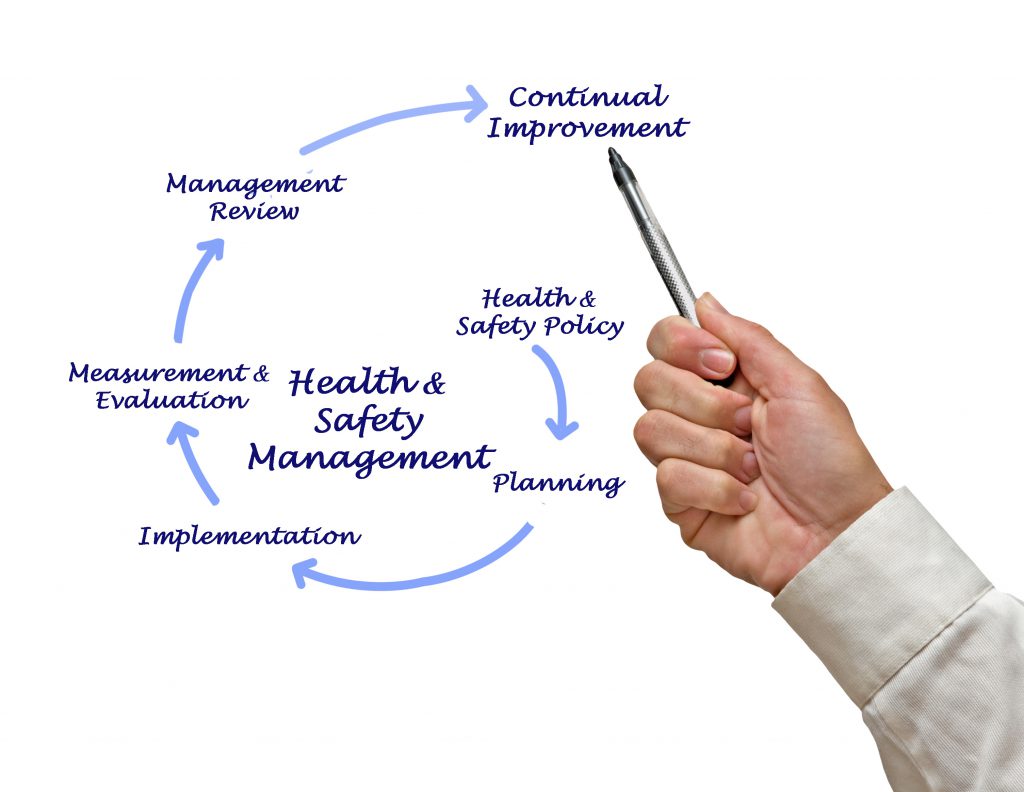 A successful safety and health program benefits from a commitment to continual improvement
A successful safety and health program benefits from a commitment to continual improvement
Safe + Sound Week: The 3 Core Elements
Safe + Sound Week is made up of three main types of activities: management leadership, worker participation, and finding and fixing hazards. An effective safety and health program will have all three of these core elements, and OSHA advises that a successful Safe + Sound Week will incorporate at least one, but ideally all three, of these complementary activities.
Management Leadership
Management leadership involves those at the highest ranks of an organization taking it upon themselves to clearly display a commitment to ensuring workplace safety and health for all personnel. These leaders are the owners, executives, managers, and supervisors who are encouraged to lead by example, advancing the concept of safety and health as a core right, presenting necessary goals, and providing resources to achieve these goals.
Management leadership can be accomplished in more than one way; here are some suggestions from OSHA (click each item below to view an OSHA PDF dedicated to that topic):
- Deliver a safety and health message: convey a solid commitment to safety and health, and include additional information on relevant safety and health topics by sending out an email blast, making a safety and health video, or publishing a written message in a communal or otherwise highly visible area, such as a break room, or in a company newsletter.
- Establish a visible presence to promote safety and health: show that you are involved by personally getting out among the workers and interacting with them in a way that shows you care about their health, safety, and overall work experience. Other effective methods are calling a brief impromptu safety meeting and/or recognizing employees when they have been doing well at adhering to safety and health policies.
- Formalize and publicize your commitment to safety and health: publicize a formal and clearly articulated policy emphasizing that safety and health are a top priority. You can further promote this policy by implementing it into new hire orientation sessions, allocating more resources to safety and health, or even by asking for a free and confidential OSHA inspection to help identify and mitigate hazards.
- Take your commitment to safety and health beyond your organization: use this opportunity to work with colleagues outside of your organization to see and learn from what they are doing. If you find that a colleague could use some help assembling an effective safety and health plan, consider becoming a mentor. Joining industry trade organizations, labor organizations, local chambers of commerce, or safety groups can also be of value.
Learn more about management leadership here.
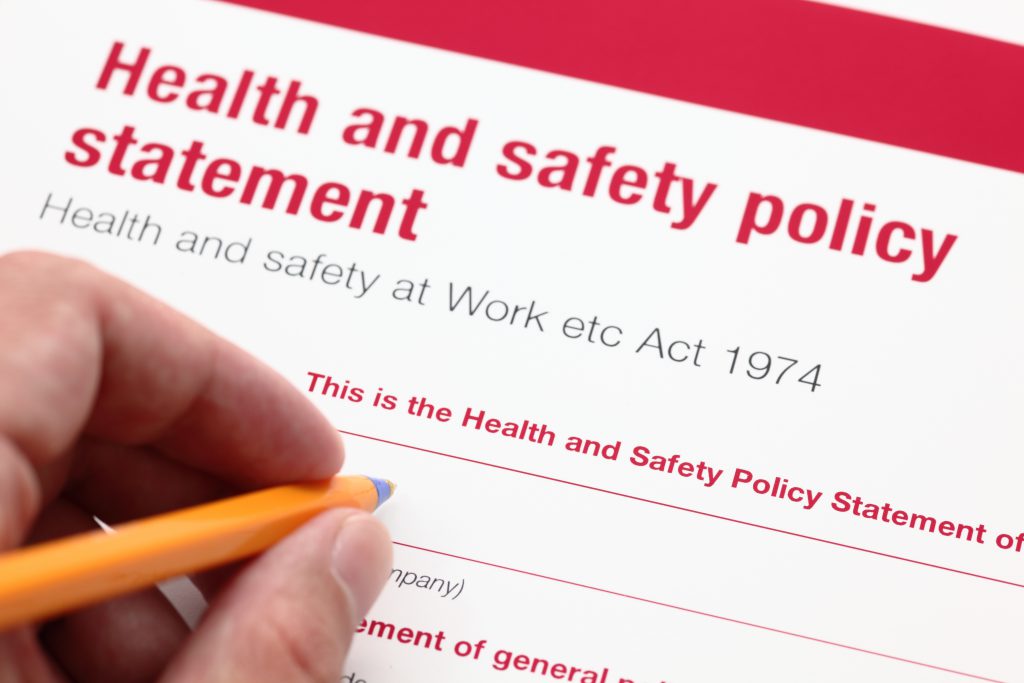 Management needs to take the initiative in spearheading a comprehensive safety and health program
Management needs to take the initiative in spearheading a comprehensive safety and health program
Worker Participation
Worker participation is about promoting worker engagement when it comes to improving workplace safety and health. Injury and illness prevention programs work best when workers are actively involved in the management of hazards. Workers are the ones who are most familiar with their daily activities, and this makes them valuable sources of input when new ideas that can improve safety and health are needed. Therefore, it is vital that workers are assured that pathways of communication with management are open and that employees are encouraged to freely contribute their knowledge as partners working toward the common end of maintaining a safe and healthful workplace.
Here are some tips from OSHA on cultivating worker participation (as with the previous section, click each item below to view an OSHA PDF dedicated to that topic):
- Show you are listening and ask for feedback: workers have the right, by law, to voice concerns about workplace hazards or to report an injury or illness that occurs on the job without retaliation, but sometimes they need to be reminded that their managers or supervisors stand with them and with the law. In order to inspire and strengthen communication, managers can implement an open door policy, host open discussion meetings, conduct safety surveys, or provide a suggestion box, among other options.
- Empower workers with safety and health information: if workers are to be expected to contribute to workplace safety and health, it is beneficial to expose them to related ideas and tools. Some options for this are to hold training, invite guest speakers from outside the company, or provide a library of resources workers can use to learn about safety and health.
- Recognize workers or teams for contributions to workplace safety: to recognize and congratulate workers on a job well done regarding workplace safety, managers can create a special event, provide awards such as gift cards or t-shirts, post employee pictures on a ‘safety hall of fame’, or extend an invitation to lunch.
- Partner for safety and health planning: an attention to safety and health is not something that lasts for just a week; it is important all day, every day. To help get a solid safety and health program up and running may take some effort, particularly if your company is a large one. To help get the ball rolling, OSHA suggests putting together a safety committee, holding a meeting to set annual safety goals and discuss necessary plan components, or assigning employees who have the richest safety and health backgrounds to teams that could benefit from the added input.
Learn more about worker participation here.
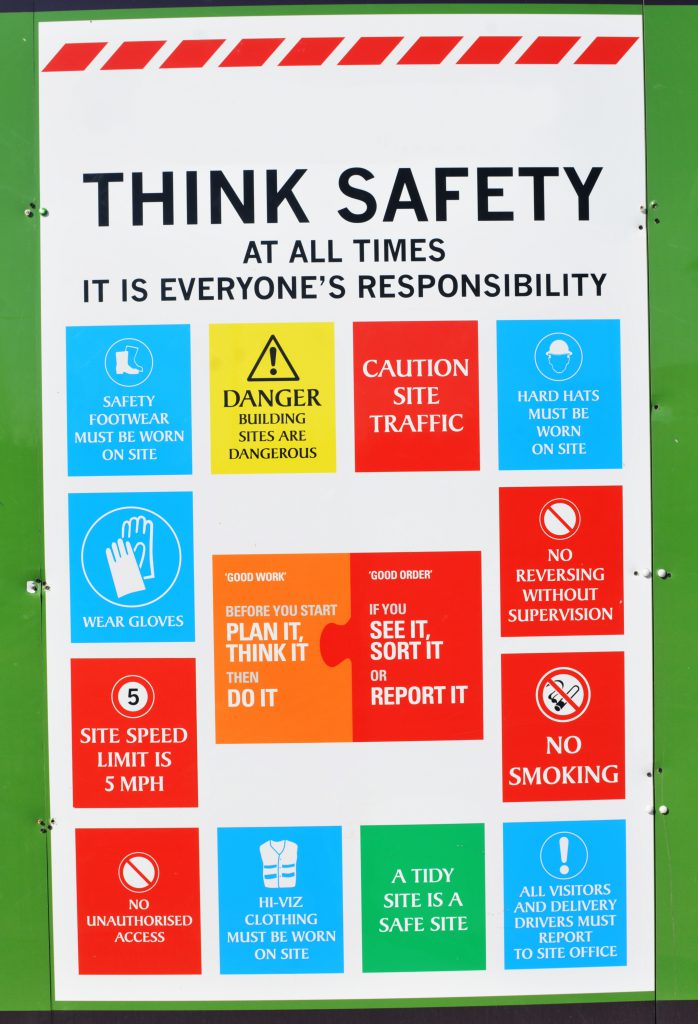
Finding and Fixing Hazards
No safety and health program is complete without an established process for finding and fixing hazards. Every affected business should adopt a proactive and continuous approach that allows hazards to be identified and controlled before someone gets hurt or sick.
OSHA offers the following strategies to aid in finding and fixing hazards (as above, you can click each item below to view an OSHA PDF dedicated to that topic):
- Spotlight hazards and controls: using OSHA injury logs and workers’ compensation records can be a helpful place to begin. Creating signage for potentially hazardous equipment and hanging posters or safety warnings/instructions in key areas can help increase awareness. If possible, safety email blasts surmising your company’s more hazardous areas and equipment can also prove effective.
- Create challenges, contests, and competitions: challenges or contests in which workers identify hazards or simulate incident investigations provide an interactive means for increasing safety awareness. Some ideas for these activities are holding a hazard checklist challenge, acting out mock safety scenarios, hosting a scavenger hunt, or swapping out team personnel with workers from another team to see if a different perspective can help identify potential safety concerns. It is important to make such challenges both fun and informative.
- Evaluate safety and health processes and systems: before any safety control measures can be initiated, evaluations must be performed to identify possible hazards. Safety and health programs should include a specific protocol for reporting injuries, illnesses, or near misses. OSHA points out that many businesses have found integrating their safety and health program with their environmental management system (EMS) or sustainability program to be a convenient and efficient means to organize safety efforts. As another suggestion, businesses can always reexamine their processes to optimize operations, which in turn can eliminate hazards.
- Conduct analyses to identify hazards: similar to spotlighting hazards (above), companies can review industry data and company injury logs or assess specific jobs to identify the hazards that may be present. This can be done by conducting a job hazard analysis (JHA), performing a gap analysis, utilizing company insurance records that may reveal safety trends, or organizing a workgroup to explore workplace hazards.
Learn more about finding and fixing hazards here.
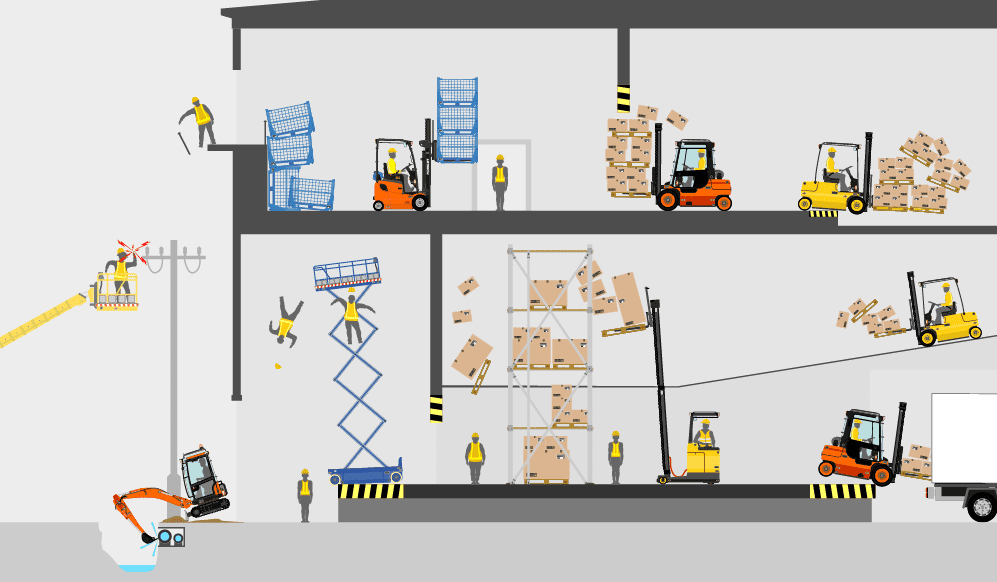 Work together to find and fix safety and health hazards in the workplace wherever they may be
Work together to find and fix safety and health hazards in the workplace wherever they may be
Achieving a Successful Safe + Sound Week
Whichever of the above methods you choose, or whether you elect to try out methods of your own, OSHA strongly recommends that efforts be spearheaded by individuals at the top of your organization. It is also advised that you are sure to be inclusive of all affected employees, that you do your homework, and that you are honestly prepared to follow through in fixing or addressing whatever is revealed to be an issue, particularly if a serious hazard is discovered.
OSHA and the other event co-sponsors have made participating in Safe + Sound Week as simple and inviting as possible. OSHA has put together various tools to help advertise and organize your Safe + Sound Week. NSC has produced a Safe + Sound Week video (included below) and a list of safety resources. AIHA has a helpful list of tip sheets to identify hazards located midway down its AIHA-OSHA Alliance page. ASSE includes numerous resources to help communicate the value of Safe + Sound Week.
Following the event you can download a Safe + Sound Week certificate and badge for your company.
This video from NSC encourages a proactive approach to implementing and maintaining a successful safety and health program. It stresses the importance of the three core elements: management leadership, worker participation, and finding and fixing hazards.
NES OSHA Training
NES offers a variety of online, on-site, and open enrollment OSHA training classes to help bolster the effectiveness of your safety and health program, including a First Aid, CPR, and AED training course. When it comes to risk assessment, best management practices that involve extra training can provide short- and long-term rewards for employers and employees. Maximizing training contributes to a decrease in accidents, injuries, and illnesses, thereby limiting missed work days and the associated expenses incurred by the business. To learn more, visit our OSHA training page or contact us at: office@nesglobal.net or 916-353-2360 / 1-800-NES-ADVISE.
References:
OSHA Safe + Sound Week Webpage
OSHA news release: OSHA Announces Inaugural ‘Safe + Sound Week’
NSC publication: Safe+Sound Week Kicks Off June 12
NSC video: Safety and Health Programs
AIHA’s AIHA-OSHA Alliance webpage
ASSE publication: Safe + Sound Week
